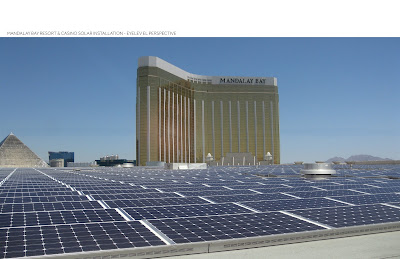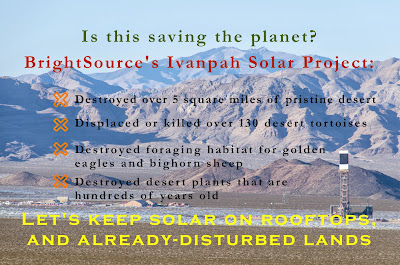Mojave Soundscape

I've written recently about the desert's visual resources . The term itself - visual resources - seems so inadequate; as if you could actually quantify the serenity and beauty of a desert landscape. The Mojave Desert has a soundtrack that is equally difficult to capture. When I'm not in the desert, I can at least enjoy the photos I took of the landscapes, but my cheap camera microphone is never going to pick up all of the beautiful sounds. I have tried using the video function on my camera to record the sound of the coyotes in the distance, but I'm left with a couple of faint yips drowned out by the breeze hitting the microphone. Luckily a pair of naturalists, Sarah Koschak and Andrew Skeoch, travel the world recording the sounds of nature, and compiled sounds from the Mojave Desert in an album available on their website. Sarah wrote about realizing her wish to camp amongst Joshua trees under a starry sky, and listening to the yip of the coyotes. Near the





